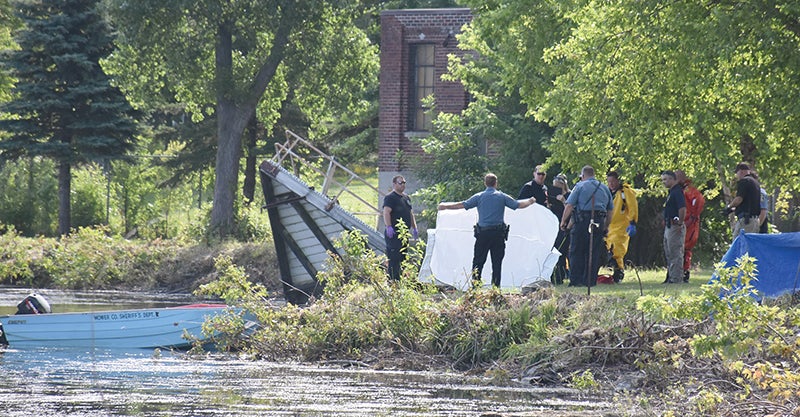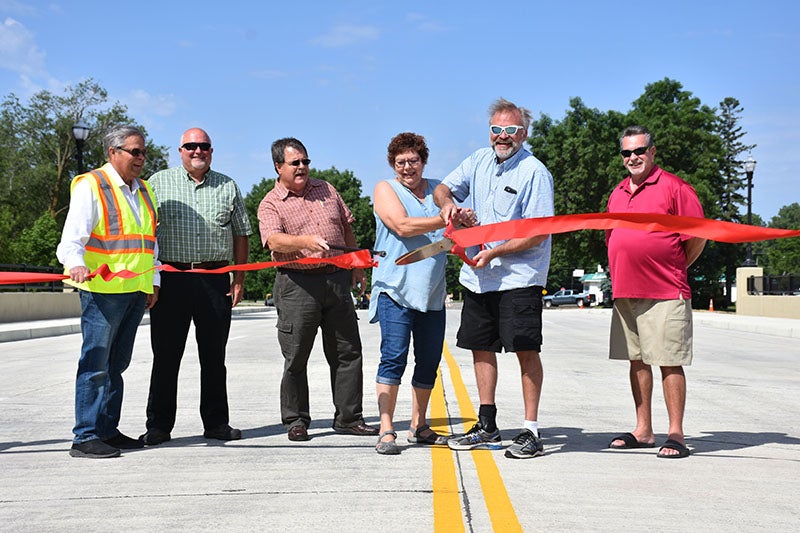How the Hormels came to Austin
Published 5:11 pm Saturday, April 20, 2013
By Holly Johnson
Hormel Historic Home
Last week I mentioned that George Hormel’s sister Nellie had been a teacher in Toledo, but I have not told you how or why the Hormels came about living there.
George describes his father, John, as “Industrious, frugal, and ambitious” and says “he had modestly prospered in his new country at the trade of wool puller and tanner. In 1865 he (John) had left the relative security of the superintendency of a tannery in Buffalo, New York, to try his fortunes in the fastest growing city in the West, Toledo, Ohio.”
The Hormels traveled to Toledo by boat, crossing Lake Erie in very stormy conditions, writes William Henry Hormel.
“When they were out of the harbor and night came on, the wind and the waves took on the proportion of a severe storm,” William said. “The steamer was tossed high on the crest of the waves and then it rolled in the trough of the sea…Father and mother guarded the children all that night and kept them from rolling out of their bunks in the stateroom.”
Memory of this experience stayed with the family as they had several pieces of furniture and their stove damaged in the violent crossing.
George writes in Three Men and a Business, “In Toledo, Father saw the possibility of realizing his lifelong dream of going into business for himself. For years he had saved toward that with every penny not demanded by the needs of his fast growing family. While still in Buffalo, John had made the acquaintance of a Mr. Heyer, also a tanner. The two families decided to start fresh in Toledo. They found a site on the banks of the Cincinnati and Erie Canal near Lock No. 6, in what was then known as Central Toledo, to locate their new Sheep Skin Tannery – “Hormel and Heyer Wool Pullers, and Manufacturer of Colored Roans and Linings.”
Though it was back-breaking work to build their business and to secure financial resources, the two men succeeded for many years.
John and Susanna had the youngest of their 12 children in October of 1877 in Toledo and their lives were filled with hard work and few luxuries.
According to George’s writing, one of the few conveniences they did acquire was a sewing machine for $85. He marvels if “anyone realized that with that first home machine the mechanized American home had begun.”
Stepping Out for Autism Walk
Mark Saturday, April 20 on your calendars. The second annual fundraising walk, Stepping Out for Autism Walk, will be held at Mill Pond. All donations will help support the Autism Programming sponsored by the HHH. Walk starts at 10 a.m. and Hy-Vee will provide lunch at noon. More information available online at www.hormelhistorichome.org or by calling the HHH at 507-433-4243
Minnesota on the Map: A Historical Atlas
A talk with author David Lanegran is being presented as a cooperative Lunchbox History Series and Dewey Lecture Series at noon on Thursday, April 25. The event is free and will be held at the Hormel Historic Home. Sponsored by the MCHS and the Austin Public Library. Please call 507-433-4243 to register.





